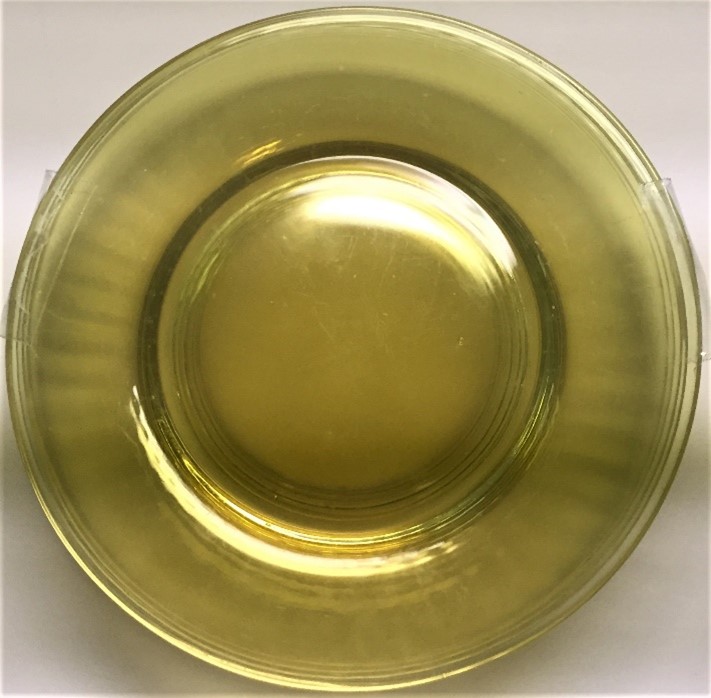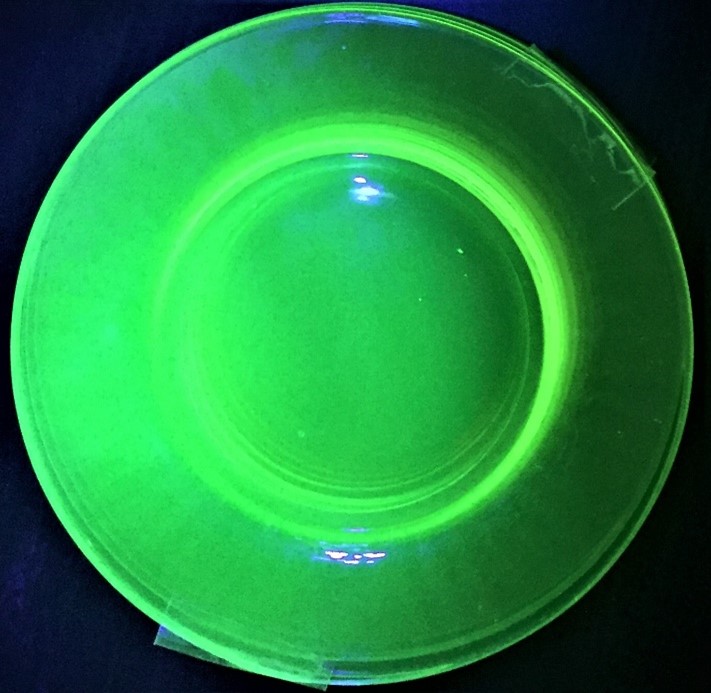The precautions needed when using uranium and other similar radioactive materials are now well known; this was not always the case. The problems encountered at Port Hope are a prime example. In the days before the discovery of fission, uranium ore was mined almost exclusively for the miniscule amount of valuable radium that could be extracted from it. The “tailings” were then distributed haphazardly at various locations until their value as nuclear reactor fuel and their associated potential health dangers were realized.
Nevertheless, smalls amount of uranium and thorium have been, and continue to be used in a number of consumer products. During a recent evaluation of materials in the “Diefenbaker Bunker” near Carp ON, a curious device was located (https://www.atlasobscura.com/articles/museums-radioactive-artifacts). It was a ceramic water cooler, built around 1910, which had a lead and uranium lining. The device called a “Revigator” was advertised as a healthful product designed to result in curative and invigorating effects. Neither of two liner materials are looked at kindly a century later from a health point of view.


While the Nuclear Heritage Museum has not succeeded in adding a Revigator to its collection, it does have several examples of tableware that were produced with uranium additives. The largest of these is a 39-cm diameter Fiestaware platter. The distinctive “Fiesta Red” glaze used on the platter was produced using natural uranium ore; a Geiger counter placed near it confirms the presence of radioactive material. Production of these platters with this glaze began in 1936 but was curtailed by restrictions in the USA on uranium usage until 1959. Since that time production has continued using depleted uranium in the glaze formula.
Also in the collection at the museum is a set of six, 22 cm diameter, “Vaseline glass” plates. These plates, of 1930s vintage, were located at a Saint Barnabas church auction and donated to the Museum. The glass incorporates uranium and, in addition to producing a telling click rate from the Geiger counter, the plates give off a lovely green glow when illuminated with a newly-acquired ultra-violet light source.
Thorium-doped glass has a relatively high refractive index. As a result, it has been used to make lighter-weight optical lenses both for use in eyeglasses and cameras. While the use in eyeware is now strongly discouraged, the use in optical devices continues and has, on at least one occasion, caused some confusion. A number of years ago, during routine radiation inspection when leaving the Whiteshell Laboratories, the news cameras of a film crew from CBC rang the radiation alarms. Only after a bit of detective work and head-scratching was it discovered that the problem was not one of contamination having been picked up, but that the source of the radiation was the radioactive content in the lenses themselves.
Visitors to the Nuclear Heritage Museum are always welcome. Individual or group tours can be arranged by contacting any member of the Board or sending a message to info@nuclearheritage.com. Cameras, even those with radioactive lenses are welcome, and you can see and record images of our “glowing” tableware.

